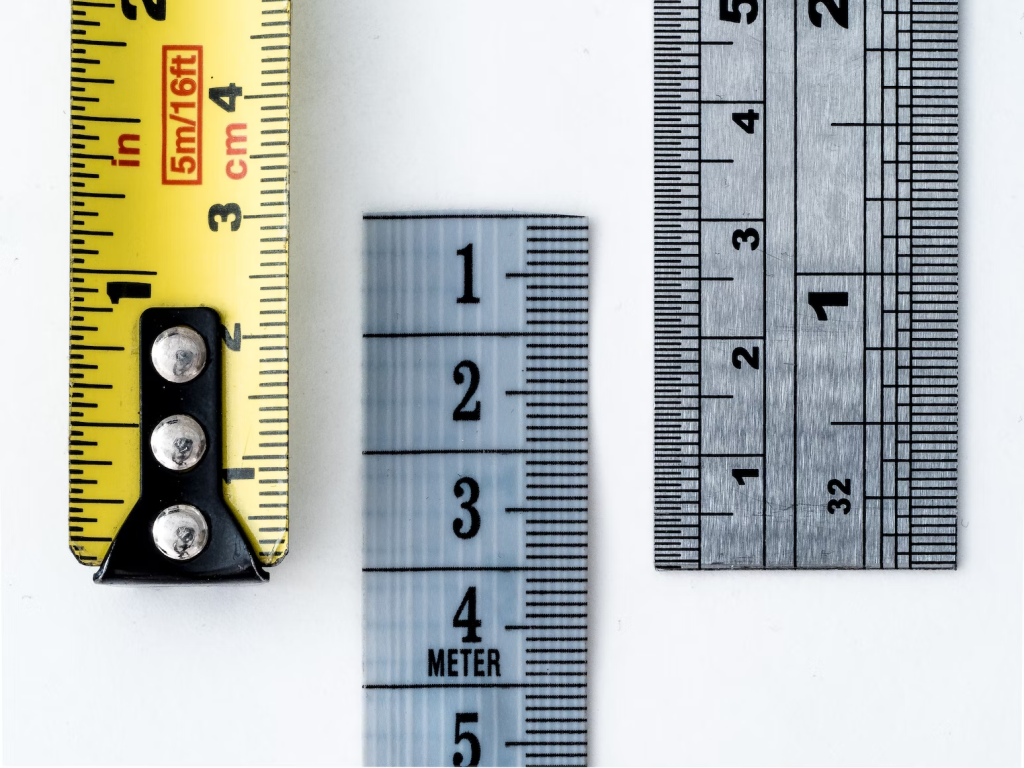Fundamental analysis is one of the most commonly overlooked parts of investing in crypto. Rather than looking at patterns in green candles or red candles like we do for technical analysis, fundamental analysis is a method of measuring of the real value of a company or protocol, and sizing it up against the competition. What is the real world value of this company? Does it have room to grow? Do I think the expectation of growth is realistic?

Think of TA being more a gauge of sentiment, and Fundamentals being a measure of real value, or weight. Both have their place, but at least from my experience fundamentals have far more value.
“In the short term the market is a popularity contest; in the long term it is a weighing machine”
– Warren Buffet
When someone mentions a cryptocurrency, the very first fundamental analysis I start with is:
- Market cap
- Fully Diluted Valuation,
- What sector/category of the market the asset is in
- TVL and Volume
Lets dive into each of these points.
The Four Fundamental Analysis Points for Beginners:
Market Cap, The Perceived Value
It’s very important to compare tokens in a marketplace by their market cap rather than their price. Sure you could get 10,000 tokens for $0.01 or 100 tokens of another protocol for $1, but if the market cap is the same, it’s the same amount of share in the company.
This becomes much more important when you are comparing two different tokens with similar prices, lets say they both cost $1, but one has a market cap of $10 million, and the other has a market cap of $10 Billion. These are wildly different valuations with the same token price.
Market cap is the primary measure for the perceived value of an asset. In the next steps, you can begin to make judgments to organize which ones you feel are undervalued, or overvalued.
Fully Diluted Valuation, The Ratio between Max Supply and Circulating Supply
So we just did market cap, why are we now looking at the fully diluted market cap?
Well just like two tokens could have the same price, but different market caps, two tokens could have the same market caps, but wildly different fully diluted valuations.
The best way to think about diluted value, is as unrealized inflation. If a token has a market cap of $1 Million, and a fully diluted valuation of $10 Million, only 10% of the tokens have been released. Lets say the token starts at $1, and the supply inflates completely over a period of time with $9 Million of buying pressure. The market cap went from $1 Million to $10 Million, but your tokens are still worth the same $1 they started out as.
In another example, lets say you bought 100 tokens for $1 each and staked them with the protocol 100% APR. In a years time you may have 200 tokens (100 more than you started with), but if the token price went down with inflation to $0.50, you broke even.
These are great examples of where sometimes “getting in early” may not be as good as “getting in established”. There are pros and cons to both, and using the fully diluted valuation, or reading into their planned inflation metrics in the whitepaper, can really help set expectations for what really is a good value, a good yield, and a good buy.
What Sector of the Market can you use Fundamental Analysis?
If you’re anything like me, you look at buying cryptos from main chains, side chains, bridges, yield farms, to even NFTs. Comparing the market cap of a yield farm to a main chain isn’t a great proposition unless you really understand the value proposition of each. To start lets compare to main chains.
Lets say you’re looking at Solana and Ethereum. At time of writing it looks like this:
As well as Ethereum:
Both are main chains, and Solana touts itself as an ‘ETH Killer’ literally meaning there is a belief that it could overtake Ethereum in market cap.
Lets dive into what that could look like.
Ethereum:
– Market Cap $186 Billion
– Fully Diluted Valuation $186 Billion
– 100% Circulating Supply (The Max supply is no longer relevant post ETH Merge)
Solana:
– Market Cap: $11 Billion
– Fully Diluted Valuation: $16 Billion (sourced from coinmarketcap.com)
– 67% Circulating Supply (Infinite Infinite supply*)
* The initial inflation rate for Solana is 8%, which will reduce by 15% each year until 2031, when it will reach its stable long-term inflation rate of 1.5%
So lets say we have good reason to believe that Solana could overtake Ethereum, and in that event crypto as a whole would experience a 10x with Ethereum matching that pace. Applying a 10x to Ethereum would put its market cap at 1.85 Trillion.
Now lets put Solana at the point of takeover. Applying the same market cap would be a 168x (or 16,800% gain). But wait, lets also calculate inflation. Assuming they reach a Total supply of 600 Million at that point ( a 41% inflation), that would adjust our gains to a 99x (or 9,900% gain).
This kind of calculation can be done with many different chains for comparison. Keep in mind this IN NO WAY is proof that Solana will overtake Ethereum or that either will experience those types of gains, but is a relevant example of the gravity of the statement “Solana is an Eth Killer”. Is that realistic? What could happen that would cause an overtake in market cap? What are the use cases of both chains? All relevant questions to dive into when comparing to assets like this.
Lets go a step further and compare some bridge protocols in the next point…
TVL and Volume:
At time of writing, below are 4 different bridges with their TVL, volume, market cap, and fully diluted market cap. Info taken from https://defillama.com/bridges, https://coingecko.com, https://coinmarketcap.com and the protocol’s websites:
| Bridge | TVL | 24h Volume | Market Cap | Fully Diluted |
| Multichain | $1,750M | $21M | $82M | $446M |
| Synapse | $232M | $6M | $176M | $233M |
| Celer | $197M | $21M | $88M | $156M |
| Hop | $81M | $6M | $5M | $60M |
So looking at this, a few things become apparent.
- Multichain has MUCH more TVL than Synapse, about 3 times more volume, but the market cap is half of Synapse Bridge, This however is the opposite when looking at fully diluted market cap.
- Hop protocol as similar volume to Synapse Bridge, but a market cap less than a tenth, and a fully diluted market cap less than a quarter
- Multichain has a MUCH larger TVL and market cap than all the other bridges, but it’s volume is at a lower ratio, meaning there is more demand for the coin and the supply than the protocol.
Being that these are all in the same sector some interesting conclusions could be drawn. Do you buy Multichain because it has the most assets? A good place to follow up would be to find out why more people are putting their tokens there.
What about Hop? It’s currently the under dog, but seems to be putting up a good fight in the volume. Could this be a momentum play to bet on it catching up to the larger bridges? There is a LOT of inflation left for it to experience, but even with that there is still good room to grow. How much of that inflation will be given as rewards vs sold? Can I be a part of earning those inflationary tokens?
Summary
At the end of the day this is a great start to fundamental analysis. There are still more things to look into fundamentally, but it’s time to get your shovel and start digging!
Some more things you can look for in your journey:
- What are the competitive advantages?
- Does this protocol have any red flags?
- Is the community active and healthy in their socials?
- What is the past price action? Does it current development suggest it will continue the current momentum, or return to a previous point?
- Is this a protocol I understand and want to use? Can I see others want/need to use it too?




